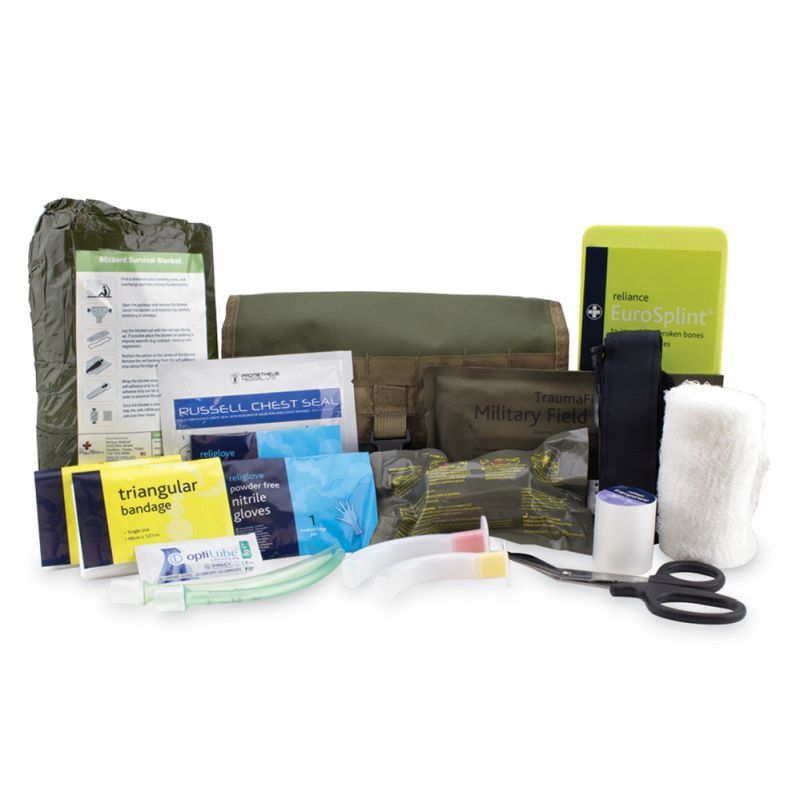
This frees the caller's hands to perform tasks such as placing the victim in the recovery position and preparing the defibrillator, with vocal guidance from the emergency response team. Once it's there, the call can be transferred to the drone, which has in-built speakers. An ambulance and the Ambulance Drone are despatched immediately, with the drone capable of arriving in around 1 minute. The idea is that those at the scene can phone emergency services as normal, giving their location. Inside, it houses a compact defibrillator, medication and CPR aids, as well as other essential supplies for the layperson to use while they wait for a medical professional. We've already seen Germany's Defikopter use drones to ensure defibrillators are on scene by the time a medical professional arrives, but now the Ambulance Drone is an all-purpose medical toolkit that can be automatically flown to any emergency situation and used to guide citizens to make non-technical lifesaving procedures.Ĭreated by Alex Monton, a graduate of the Delft University of Technology, the drone is custom designed to deliver in the event of an emergency.

Unfortunately, ambulances can get stuck in traffic and on average they arrive 10 minutes after the emergency call has been made, in which time a cardiac arrest victim may have already succumbed to a lack of oxygen to the brain.

When a medical emergency takes place, the response time can make all the difference between a life saved and a life lost.


 0 kommentar(er)
0 kommentar(er)
